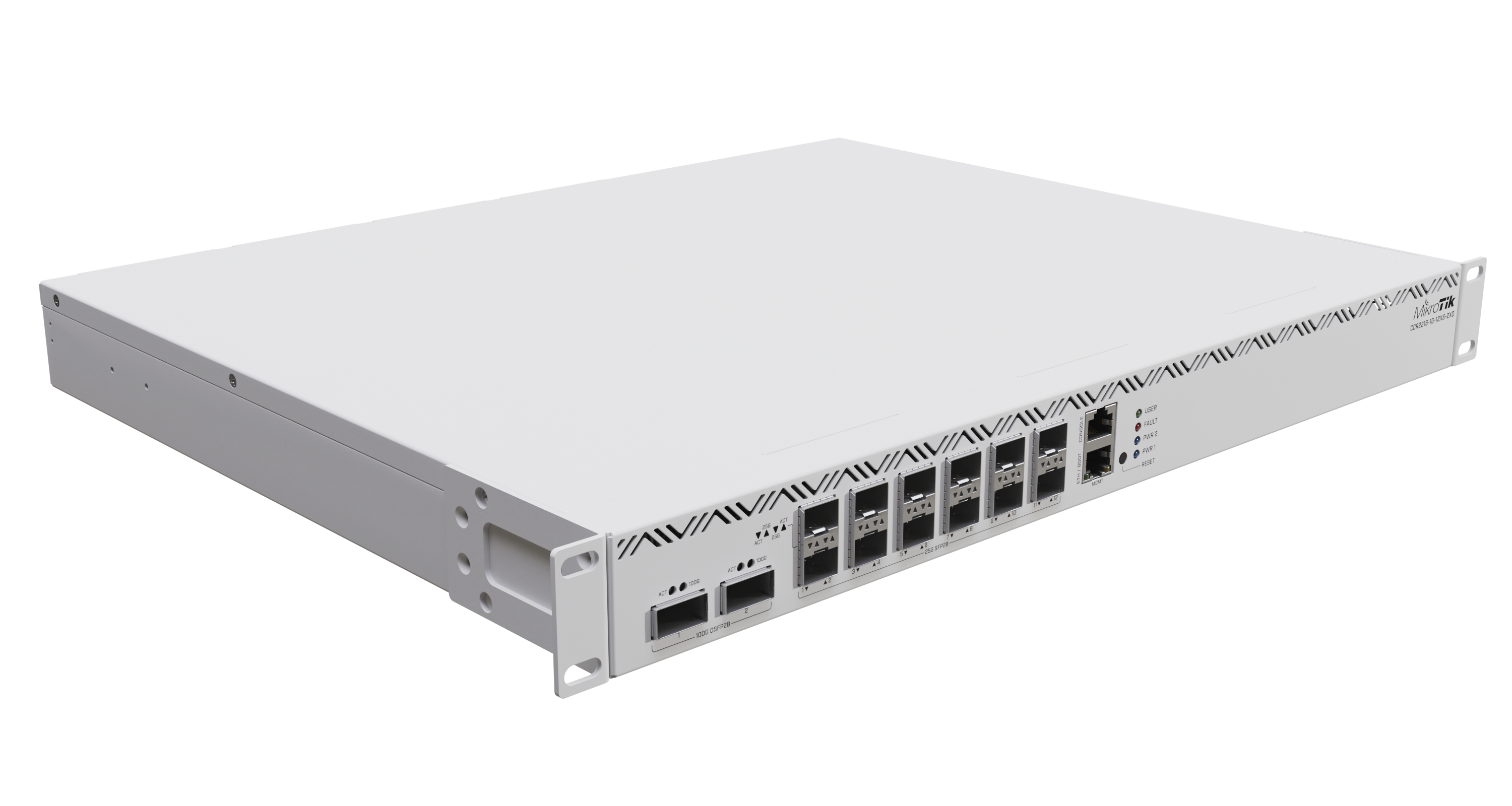RouterOS v7, developed by MikroTik, introduced many new features and improvements over its predecessor, v6. Here are some key updates in RouterOS v7:
1. New Linux Kernel
- RouterOS v7 is based on a newer version of the Linux kernel, which improves hardware support and overall performance. This allows RouterOS to support newer devices and enhances compatibility with various network interfaces.
2. WireGuard VPN Support
- One of the most significant additions is WireGuard VPN, a modern, high-performance VPN protocol known for its simplicity, speed, and security. It provides a more efficient alternative to traditional VPN protocols like IPsec and OpenVPN.
3. IPv6 Enhancements
- There are major improvements for IPv6, making the platform more robust and feature-rich in handling IPv6 traffic. This includes better support for dual-stack networks and more flexible routing.
4. BGP Improvements
- Border Gateway Protocol (BGP) has seen significant changes, including improvements in convergence time, scalability, and the introduction of Multipath Support for BGP. It now supports ECMP (Equal-Cost Multi-Path) routing, allowing the use of multiple paths for redundancy and load balancing.
5. MPLS Enhancements
- Multiprotocol Label Switching (MPLS) has also been improved in RouterOS v7, making it more scalable and efficient for large networks. It also supports new features like Segment Routing.
6. VXLAN Support
- VXLAN (Virtual Extensible LAN) support has been introduced, allowing for the creation of larger, scalable Layer 2 networks over Layer 3 infrastructure, which is critical for data centers and large enterprise networks.
7. OSPF Multipath
- The OSPF (Open Shortest Path First) protocol has been updated to support multipath routing, allowing it to use multiple paths to a destination for load balancing and failover.
8. FastTrack for IPv6
- The FastTrack feature, which significantly improves throughput by bypassing the connection tracking system for established connections, now supports IPv6 traffic, making it more efficient for dual-stack environments.
9. ZeroTier Support
- RouterOS v7 now includes built-in support for ZeroTier, a flexible and easy-to-deploy peer-to-peer VPN solution. This is particularly useful for creating secure remote networks without the need for complex configurations.
10. Improved User Manager
- The User Manager in RouterOS v7 has been revamped, with improved performance and usability for managing large numbers of users, particularly useful in hotspot environments or ISP services.
11. NAT64 and DNS64
- Support for NAT64 and DNS64 has been added, allowing IPv6-only clients to access IPv4 services, which is critical as the transition from IPv4 to IPv6 continues.
12. Improved Firewall and NAT
- The firewall and NAT features have received performance and usability improvements, especially for more complex setups.
13. Docker Container Support
- RouterOS v7 introduces support for Docker containers, allowing users to run isolated applications or services within the router environment.
14. Dynamic Interface List
- A new Dynamic Interface List feature allows for automatic updates of interface groups, simplifying network management by reducing the need for manual updates when interfaces change.
15. Bridging Enhancements
- There are enhancements in bridge handling, making VLANs, filtering, and forwarding more efficient. The system also better supports larger, more complex Layer 2 topologies.
These new features, along with various performance enhancements and bug fixes, make RouterOS v7 a significant upgrade, especially for larger, more complex network environments. It is designed to support modern networking standards while providing better performance and scalability for enterprise and ISP-grade deployments.

